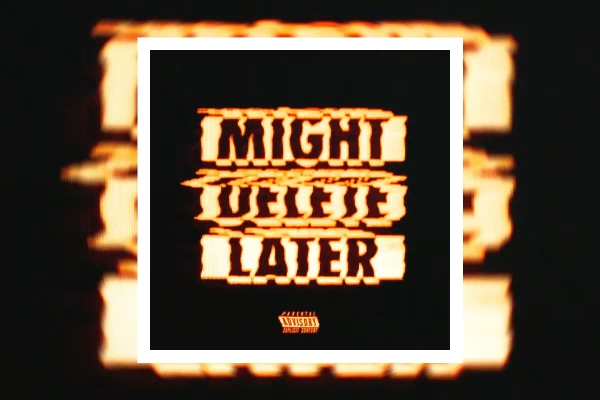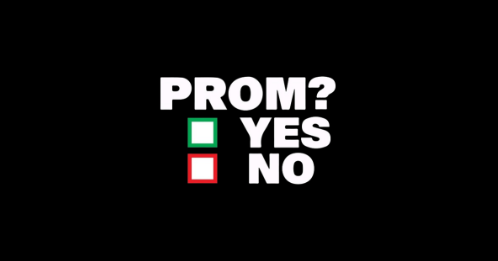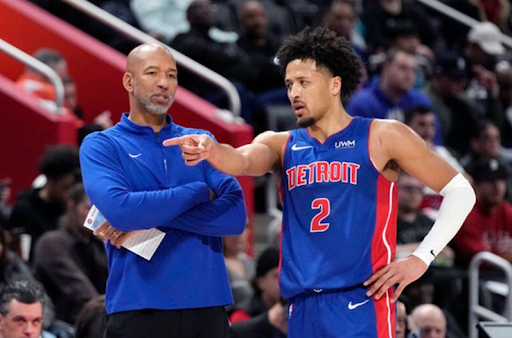Academic pressure turns high school into a war-zone
When I first heard about Malala Yousafzai, the Pakistani teenager who was shot by the Taliban for promoting female education, my initial thought was that we take our schooling for granted in the United States.
I could not comprehend why Americans tend to see compulsory education as a punishment rather than a privilege, given that Malala was willing to risk her life for the opportunity to learn in a conflict-ridden country.
I eventually realized that the love of learning is stifled here as well, despite the fact that armed insurgents are not attacking institutions and students. High school has become a war-zone for us, albeit a far less horrific one.
We are fighting a losing battle against an omnipresent, yet obscure foe. Our antagonists take on many different forms, each one with a powerful arsenal of weapons. There are educators who are compelled to teach to the test, administrators that impose unrealistic education standards, the family members who heap mounting amounts of pressure on our shoulders, selective college admission officers who proclaim that only students who excel in the most rigorous courses and have notable extracurricular experience are worthy of consideration, and the system itself that dehumanizes students by defining us as mere numbers.
As we internalize the notion that academic success ought to be pursued at all costs, we become our own worst enemies. We turn on ourselves and each other, breaking alliances until it is each pupil against the world.
Fellowship is not the only sacrifice that we make, for this is total warfare. The conflict spills over into every aspect of our lives: depriving us of sleep, social interaction, mental health, and happiness.
Nobody will emerge from this fight unscathed. The number of casualties is constantly increasing, as more teenagers begin to walk around the school like zombies after another sleepless night, lock themselves in bathroom stalls and sob about their stressful lives, steal test answers in a desperate attempt to maintain or improve their grade point average, and pop Adderall like it is the wonder drug from “Limitless.”
Some battle wounds are more obvious than others. If you look at my friend’s wrist, for instance, you will see physical evidence that the war became a struggle for her very survival. Over time, the academic pressure built up until she reached her breaking point.
I watched as this bright girl that I grew up with turned into someone I could barely recognize. Despite our best efforts, I almost lost her for good twice last year.
When I got the call the second time, I rushed out of my Theory of Knowledge class and drove straight to the hospital. I stayed with her all night, without giving all of my unfinished assignments and upcoming tests a second thought. It was then that I finally began to re-evaluate my priorities.
My friend’s struggle was not an isolated incident. The fall 2012 Fairfax County Youth Survey reports that 34 percent of twelfth graders experienced depression symptoms, 16 percent considered suicide, and four percent attempted to take their own lives. Is it a coincidence that last year all Fairfax County Public Schools both had a higher percentage of depressed students than the national average given by the CDC and were listed among the most demanding public schools in the country by The Washington Post? I think not, considering the fact that academic stress is commonly cited as a critical risk factor for depression and suicidal ideation.
I encourage FCPS to rethink its belief that “high expectations inspire high performance,” and I hope likeminded school systems will follow suit. It is important that they do not set the bar too high or neglect to provide a proper safety net should a student fall short.
It is past time that we end the war and begin reconstruction. Schools should be transformed from pressure cookers that burn students out into institutions that foster a lifelong love of learning.











![JPEGMAFIA & Danny Brown — Scaring The H*es (Video-Game/Album Cover) [CENSORED]](https://www.southlakessentinel.com/wp-content/uploads/2023/12/SCARING-THE-H0ES-VIDEO-GAME-COVER-600x401.jpg)